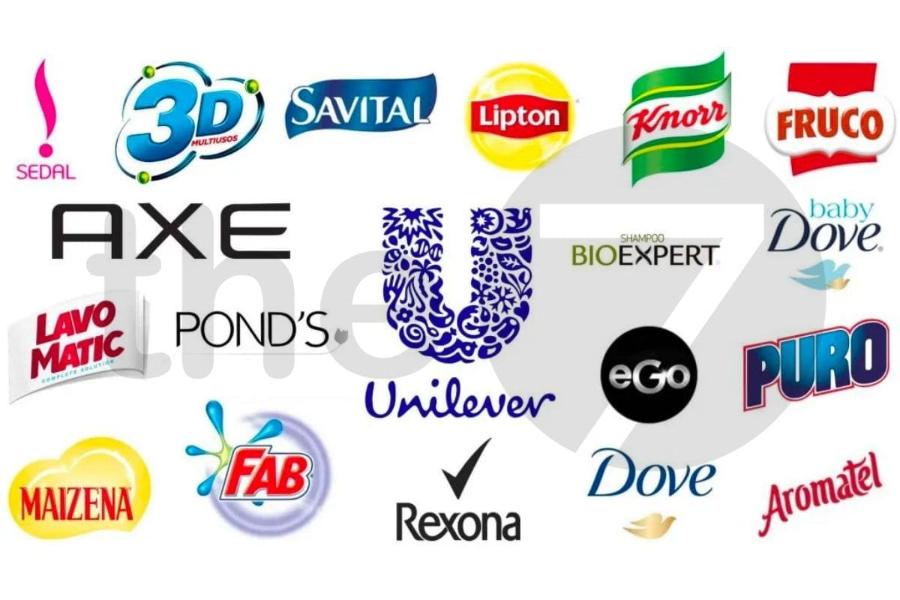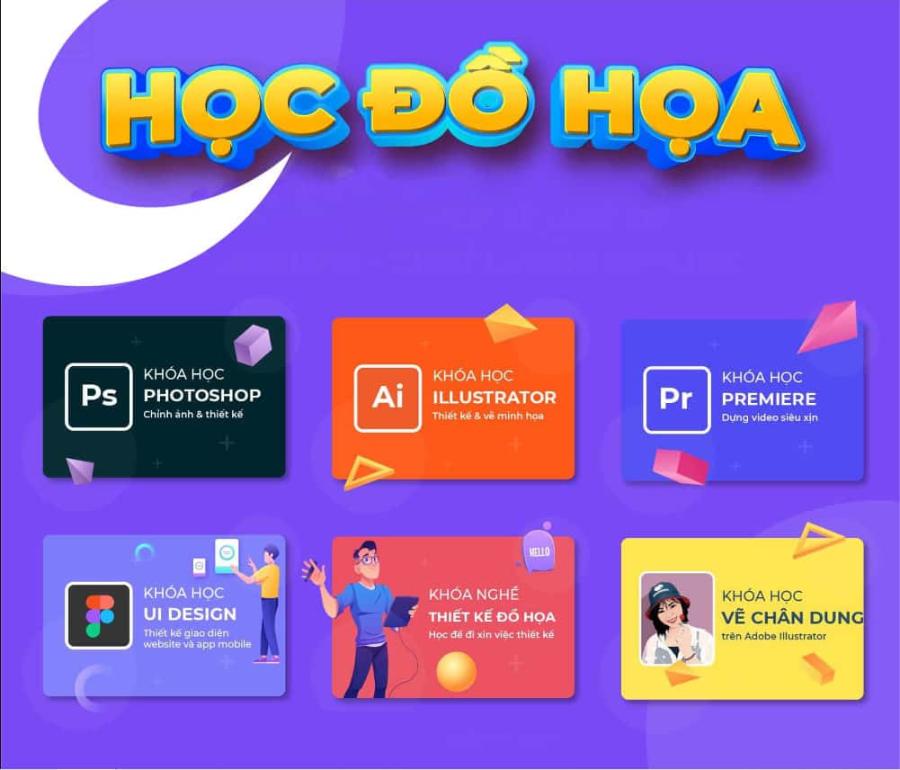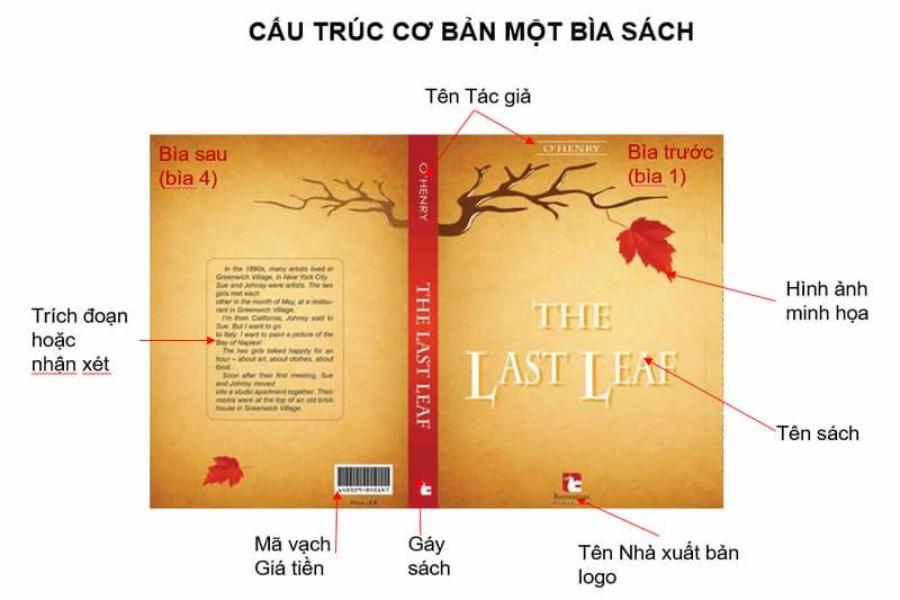Best Selling Products
Symbols: An indispensable element in branding
Nội dung
- I. Symbol: More Than Just an Image
- 1.1. Definition of Symbols in Design and Communication
- 1.2. Distinguishing Symbols From Logos And Icons
- II. Why Can't Businesses Ignore Symbols in Brand Building?
- 2.1. Symbols Create Quick and Lasting Recognition
- 2.2. Effectively Convey Messages and Core Values
- 2.3. Enhance Professionalism and Reliability
- III. Elements That Create a Strong Symbol in Branding
- 3.1. Simplicity and Memorability
- 3.2. Uniqueness and Distinction
- 3.3. Suitability for Industry and Target Audience
- 3.4. Flexibility and Scalability
- 3.5. Timelessness
- IV. Process of Building a Logo for a Business
- 4.1. Thorough Research and Analysis
- 4.2. Idea Development and Sketching
- 4.3. Digitization and Refinement
- VI. Conclusion
Explore the definition of a symbol, its role and power in branding. Learn how symbols become a visual language that helps businesses connect emotionally, make a mark and assert their position in the market.

In an era where information is conveyed through images and emotions, symbols have gone beyond the role of a simple drawing. They have become a powerful visual language, containing messages, core values and unique identities of the business. To build a strong and influential brand, businesses cannot ignore the potential power of symbols. In this article, sadesign will analyze in depth what a symbol is, its undeniable importance in the journey of building a brand, and how businesses can maximize this power.
I. Symbol: More Than Just an Image
A symbol is an image, a sign, an object, a sound, a gesture, or a word that is used to represent an idea, a value, an object, or an abstract concept. In the context of branding, a symbol is often understood as a visual mark that can convey a message quickly and effectively without using words.
.jpg)
1.1. Definition of Symbols in Design and Communication
An icon is more than just a pretty drawing. It is a contraction, a condensation of meaning.
Representation: A symbol that stands for something larger or more complex. For example, a heart represents love, a plus sign represents health or positivity.
Recognition: The ability to be immediately recognized and associated with a particular meaning.
Conciseness: Convey a profound message with just one simple image.
Multifaceted: A symbol can carry different layers of meaning depending on context and culture.
In the field of graphic design and communication, symbols are created with the specific purpose of conveying a consistent message about a business, product or service. They come in many forms such as logos, icons, graphic marks, or even distinctive colors and shapes.
1.2. Distinguishing Symbols From Logos And Icons
Although often used interchangeably, there are subtle differences between symbol, logo, and icon.
1.2.1. Logo
A logo is a special type of symbol, designed to represent a company, organization, product or brand. Logos can include:
Symbol/Icon Mark: Simply a graphic image (e.g. Apple's bitten apple). This is the type of logo that is a symbol in itself.
Wordmark/Logotype: Includes only the brand name designed in a distinctive font (eg Google, Coca-Cola).
Lettermark: Use the initials of the brand name (e.g. IBM, CNN).
Combination Mark: Combines both a symbol and a lettermark (e.g. Nike with the swoosh and the word "Nike").
Emblem: A logo placed in a specific shape (e.g. Starbucks).
A logo is the official symbol of a brand, used consistently across all media to ensure recognition. All logos are symbols, but not all symbols are logos.
1.2.2. Icon (Application Icon/Interface Icon)
An icon is a small, compact symbol, often used in the user interface (UI) of websites, applications, and software to represent an action, a feature, or a concept.
Function: Icons serve to guide users to perform a specific action (e.g. magnifying glass icon for search function, house icon for home page).
Simplicity: Icons are often designed to be very simple and easy to understand to convey information quickly.
Purpose: Primarily serves navigational purposes and improves user experience, while logos focus on overall brand identity.
II. Why Can't Businesses Ignore Symbols in Brand Building?
In a world filled with information and fierce competition, logos are no longer an option but have become a vital element in every business's branding strategy.
2.1. Symbols Create Quick and Lasting Recognition
One of the most important roles of a logo is its ability to create instant recognition . Humans process visual information much faster than text. A well-designed logo can be recognized in a split second, etching itself into the minds of customers.
Memorable: The human brain tends to remember images better than text. A unique logo will be easily retained in the customer's memory, helping the brand stand out from the crowd.
Differentiate from competitors: In a saturated market, a logo is a powerful tool for businesses to assert their own identity, helping customers distinguish your products/services from thousands of competitors.
Cross-platform recognition: Symbols, especially icon logos, can appear consistently across all platforms, from websites, apps, product packaging to advertising signs, contributing to building strong and consistent brand recognition.
Look at the Nike swoosh or the Apple bitten apple – they are prime examples of symbols that have become globally recognizable, instantly recognizable without any accompanying text.
2.2. Effectively Convey Messages and Core Values
Symbols have the ability to convey complex messages and values in a concise and powerful way. Instead of having to explain in words, a symbol can encapsulate the entire spirit of a brand.
.jpg)
Universal Language: Symbols transcend language and cultural barriers. An image that can be understood by people all over the world, helping businesses reach a wider market.
Evokes Emotions: A well-designed symbol has the ability to trigger positive emotions, creating a deep connection with customers. For example, a dove symbol often evokes feelings of peace, while a lightning bolt symbol can evoke feelings of speed and energy.
Representing values: Logos can reflect core values of the business such as innovation, sustainability, trust, friendliness, etc. For example, a logo with an image of a tree can imply environmental friendliness.
Storytelling: A logo can tell a story about a business's origins, mission, or vision in a visually compelling way.
Through symbols, businesses can communicate with customers on a deeper level, creating understanding and emotional connection.
2.3. Enhance Professionalism and Reliability
A brand with a professionally designed logo will immediately create an impression of trustworthiness and quality.
First Impression: During the first contact, the logo is the first element that customers see. A carefully invested logo shows the seriousness and professionalism of the business.
Building Trust: When a symbol is used consistently and associated with the quality of a service or product, it gradually builds trust in the minds of customers. Customers will trust a brand with a clear, coherent image.
Reflects class: Sophisticated, unique logos are often associated with luxury brands, reflecting class and luxury.
Investing in a strong logo is investing in your business's reputation and position in the marketplace.
III. Elements That Create a Strong Symbol in Branding
For a logo to truly exert its power in branding, it needs to be designed based on certain principles and elements.
3.1. Simplicity and Memorability
A powerful logo is always a simple one. Complexity can be confusing and difficult to remember.
Minimize details: Remove unnecessary elements, retain the most basic lines and shapes to convey the message.
Easy to reproduce: Simple icons are easily reproduced across a variety of media, from print to digital.
Make a strong impression: A simple, elegant design often leaves a deeper and more lasting impression.
Think of the Nike swoosh or the hidden arrow in the FedEx logo – they are great examples of simplicity that is meaningful and memorable.
3.2. Uniqueness and Distinction
In a highly competitive market, a logo must be distinctive enough to stand out and not be confused with a competitor.
Research your competitors: Always research your competitors' logos to avoid duplicating ideas or styles.
Reflecting personality: The logo needs to reflect the personality and uniqueness of the business, making it stand out.
Avoid Faddish Trends: While it is necessary to stay up to date with trends, a logo should be timeless to avoid constant changes.
A unique logo not only helps businesses gain recognition but also creates a significant competitive advantage.
3.3. Suitability for Industry and Target Audience
The logo needs to be appropriate to the business's field and attract the target audience.
.jpg)
Reflect Industry Values: A logo for a law firm will be different than a logo for a children's toy store. The colors, shapes, and styles should reflect the nature of the industry.
Understand your audience: Research your target audience's age, gender, interests, and culture to design a logo that resonates and appeals.
Avoid confusion: Make sure the logo doesn't carry negative or misleading connotations in different cultures, especially if the business has a global vision.
Relevance helps the logo maximize its effectiveness in communicating with customers.
3.4. Flexibility and Scalability
An effective icon should be able to work well on any size and any platform.
Vector format: Icons should be designed in vector format (AI, EPS, SVG) so they can be scaled infinitely without breaking or losing quality.
Multiple versions: There should be versions of the icon for different uses (e.g. color version, black and white version, landscape version, portrait version).
Display on multiple materials: Make sure your logo looks good on everything from printed paper and fabric to digital screens and outdoor signage.
Adapt to space: Icons should work well in both small spaces (like app icons) and large spaces (like billboards).
This flexibility helps businesses use their logo consistently and effectively across all customer touchpoints.
3.5. Timelessness
A strong logo is one that can live and grow with the brand over years, even decades.
Avoid short-term trends: While updates are necessary, a logo should be designed with a long-term vision in mind, avoiding design trends that can easily become outdated.
Adaptability: A logo can be gently tweaked over time without losing its core essence.
Durability: The symbol should be strong enough to retain its value and meaning across generations.
Designing a timeless logo requires creativity, strategic thinking, and foresight.
IV. Process of Building a Logo for a Business
Creating a powerful logo is not a haphazard task but a methodical process that requires research, creativity, and refinement.
4.1. Thorough Research and Analysis
Before starting a design, extensive research is an extremely important step.
Learn about the business: Understand the business's mission, vision, core values, history, culture and business goals.
Competitor Analysis: Identify competitor icons to find commonalities, differences, and opportunities to create uniqueness.
Identify your target audience: Understand your target audience's demographics, psychographics, interests, and desires to create a logo that appeals to them.
Industry Analysis: Research design trends, conventions, and industry expectations to ensure your logo is appropriate and professional.
This stage is the foundation for shaping the idea and direction for the logo.
4.2. Idea Development and Sketching
Based on the research results, it's time to turn your ideas into visuals.
.jpg)
Brainstorming: List all the keywords, concepts, images related to the business and the message you want to convey.
Sketching: This is an important step to quickly explore many different ideas. Don't be afraid to draw hundreds of sketches, as the best ideas often come after many trials.
Explore icon forms: Experiment with different icon forms (abstract, pictorial, letterform, etc.) to see what works best.
Select potential ideas: Pick out a few of the strongest sketch ideas to develop in more detail.
This phase focuses on diversity and experimentation, allowing initial ideas to be formed and refined.
4.3. Digitization and Refinement
Once you have your sketches selected, it's time to upload them to the design software.
Convert to vector format: Use software like Adobe Illustrator to digitize your sketches, ensuring your icons can scale without losing quality.
Explore color: Experiment with different color palettes, considering psychological meanings and brand relevance. Create color and black and white versions.
Choose a font (if text is present): Choose a font that fits the overall style of the icon, ensuring readability and consistency.
Fine-tune the details: Pay attention to every line, distance, and proportion to ensure balance, harmony, and professionalism. Even a small detail can make a big difference.
Test across sizes: Test your logo across different sizes, from small icons to large billboards, to ensure clarity and recognition.
This stage requires meticulousness, patience and proficiency in using design tools.
VI. Conclusion
The process of creating a logo requires careful research, creative thinking in sketching, meticulous refinement and thorough testing before implementation. As technology and consumer behavior continue to evolve, logos will continue to evolve, from minimalism to personalization and becoming part of a multidimensional visual system.












































